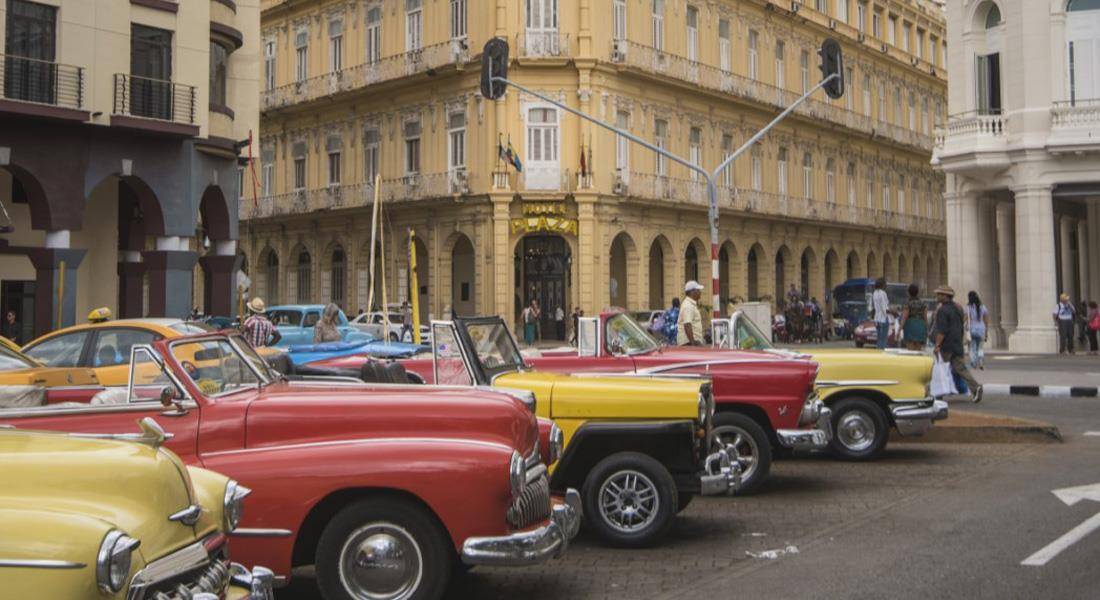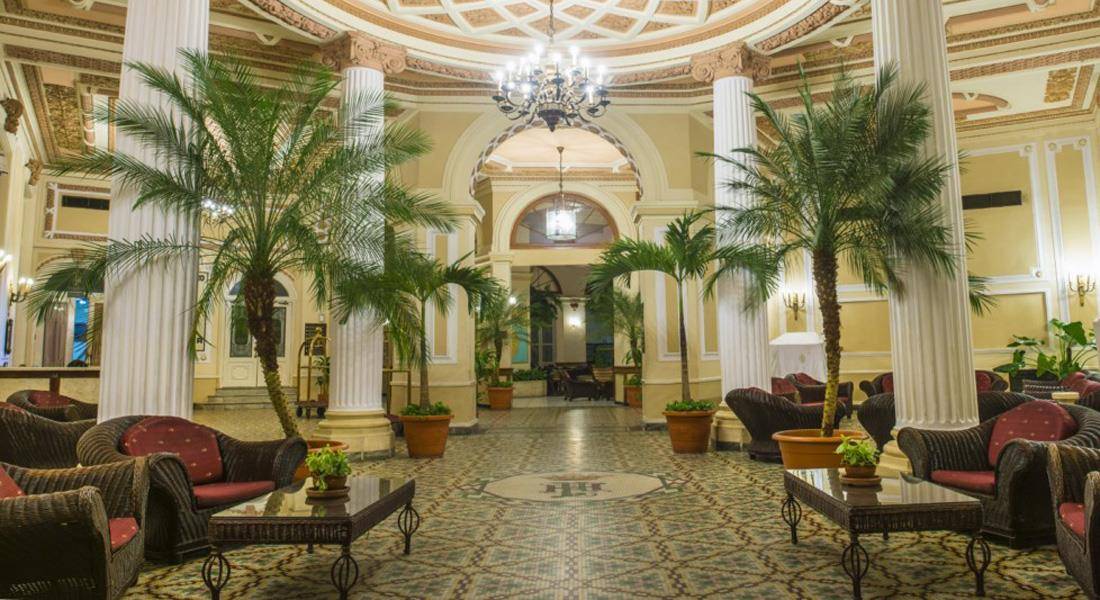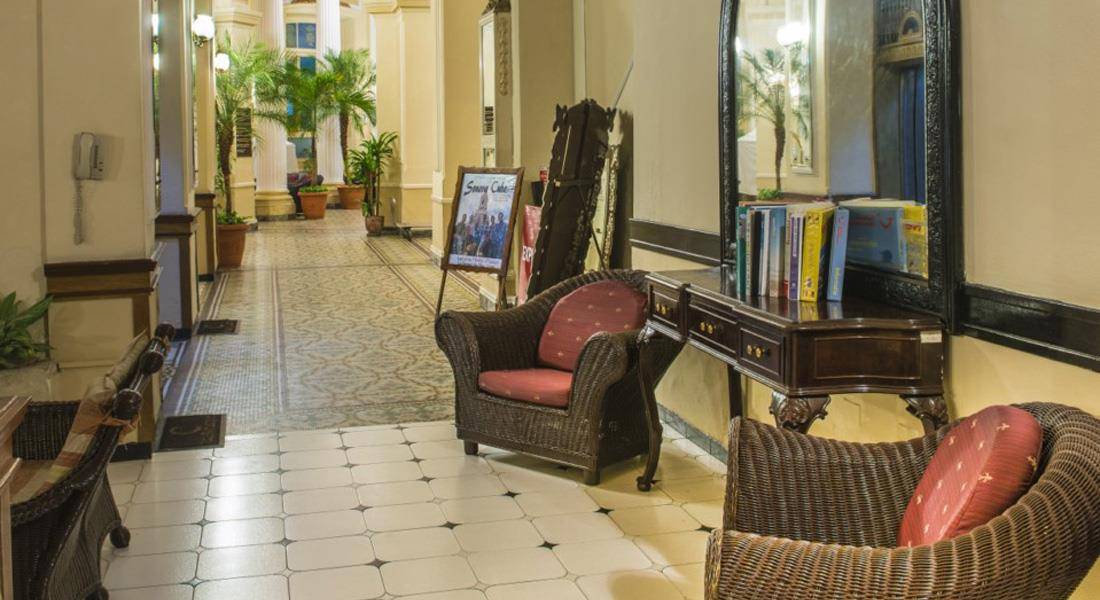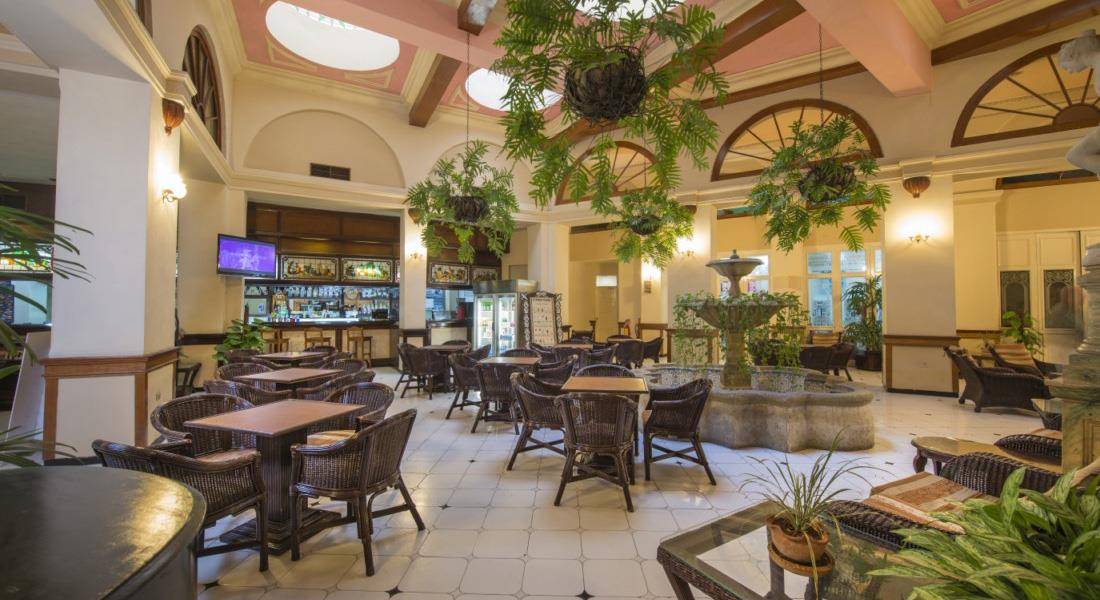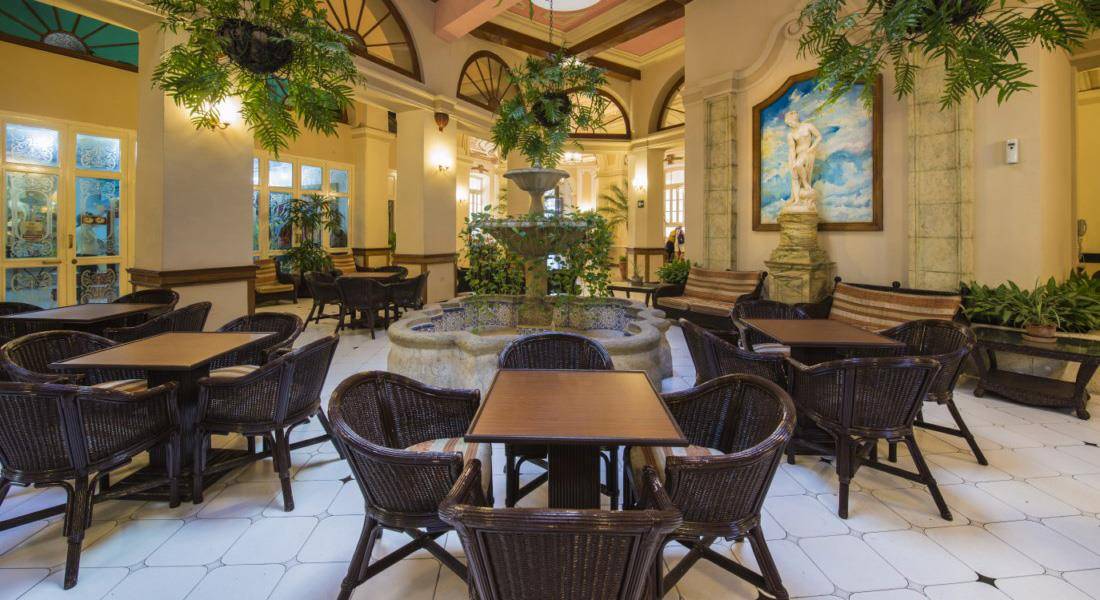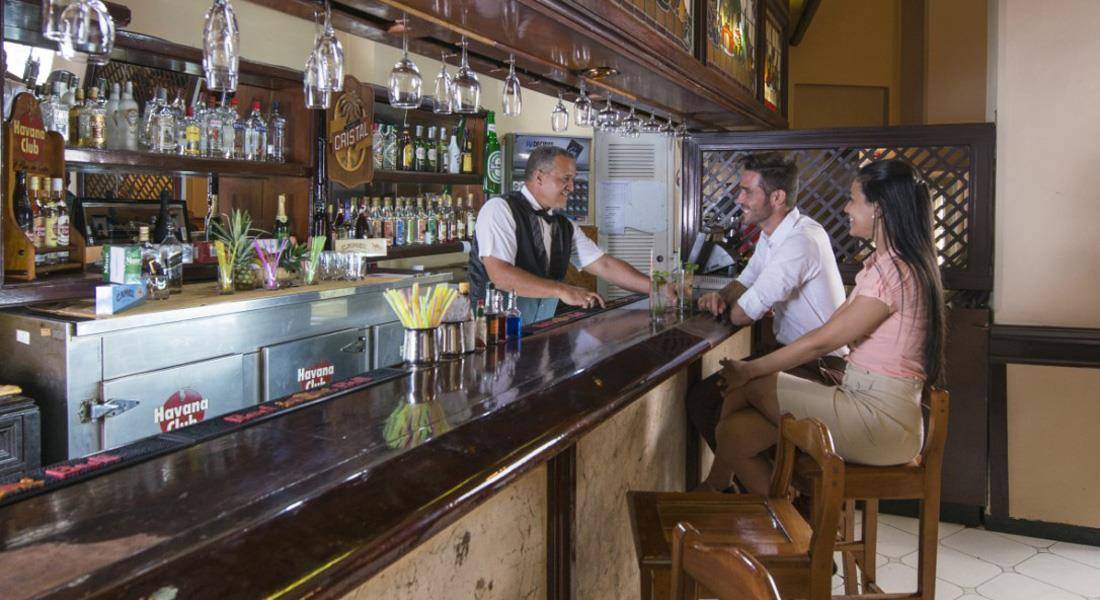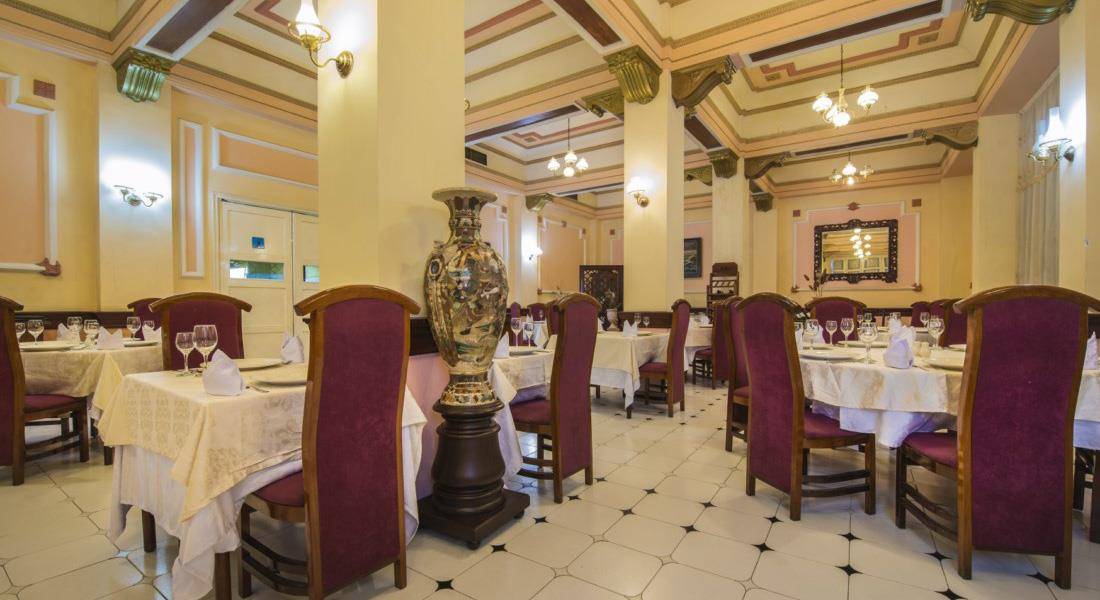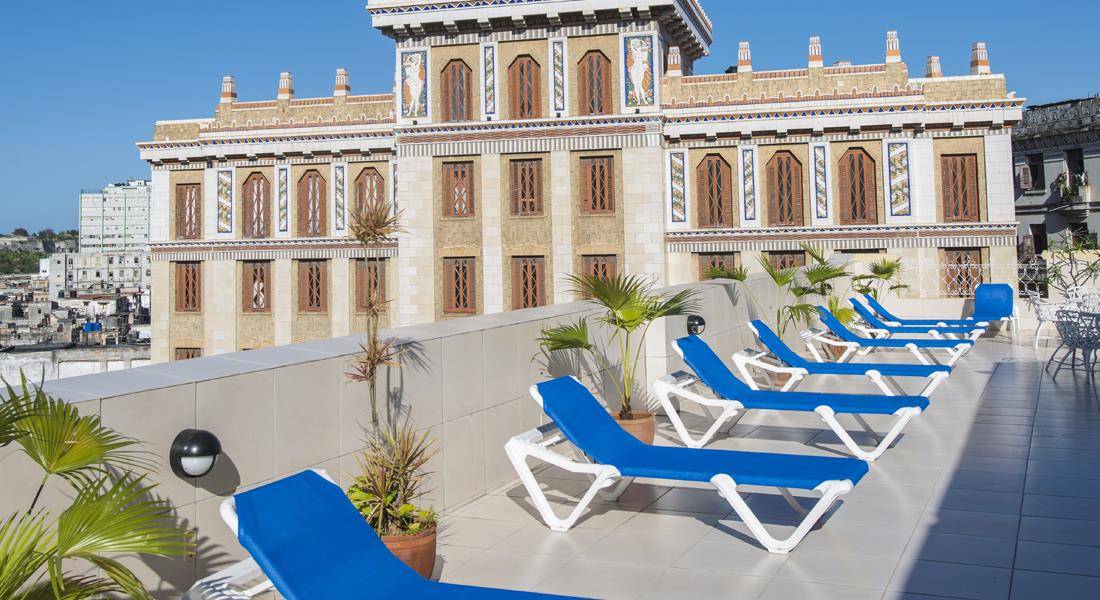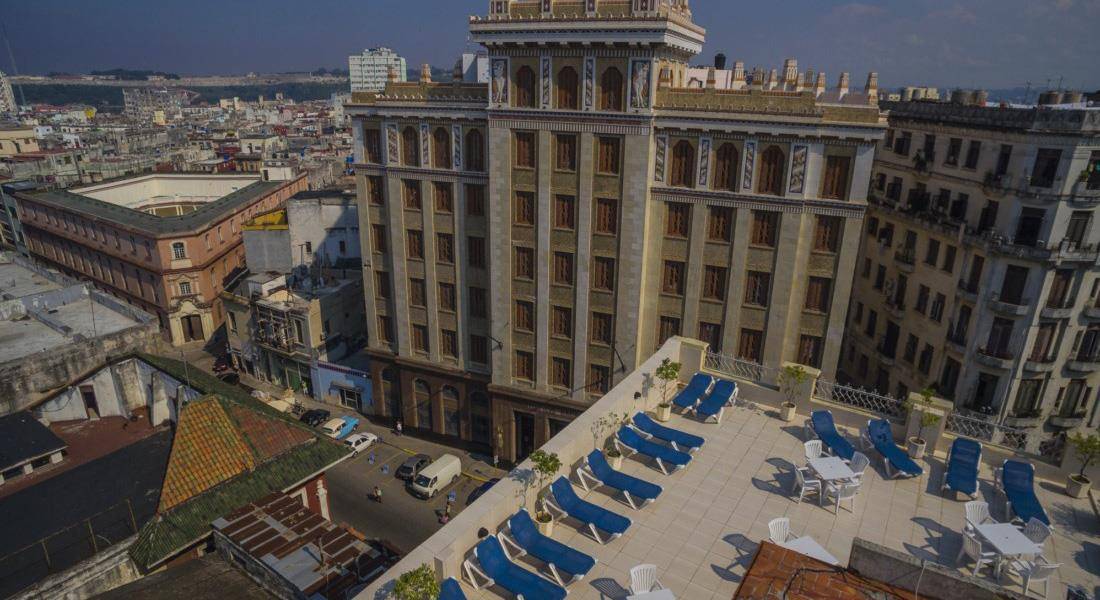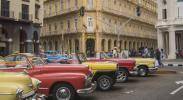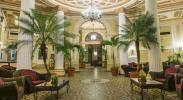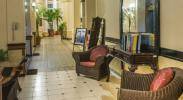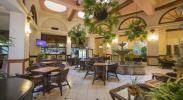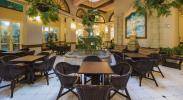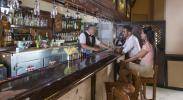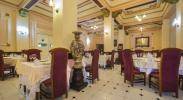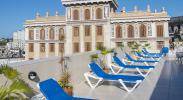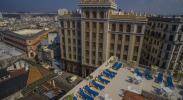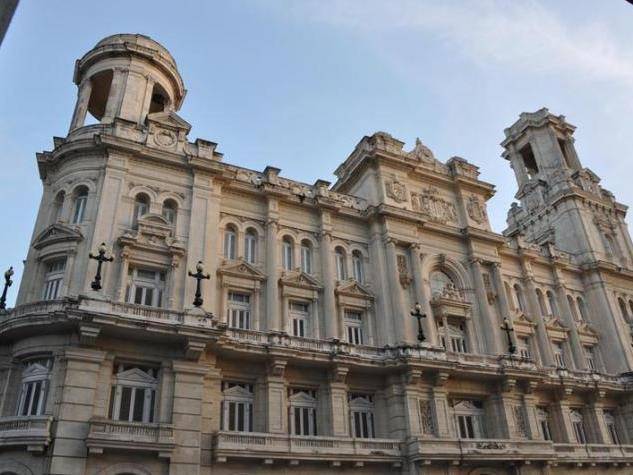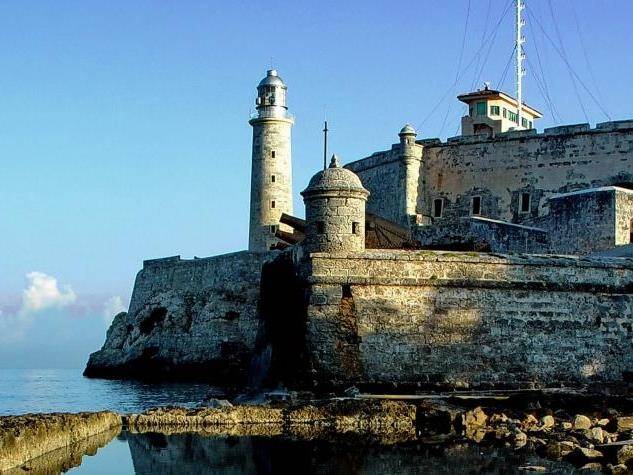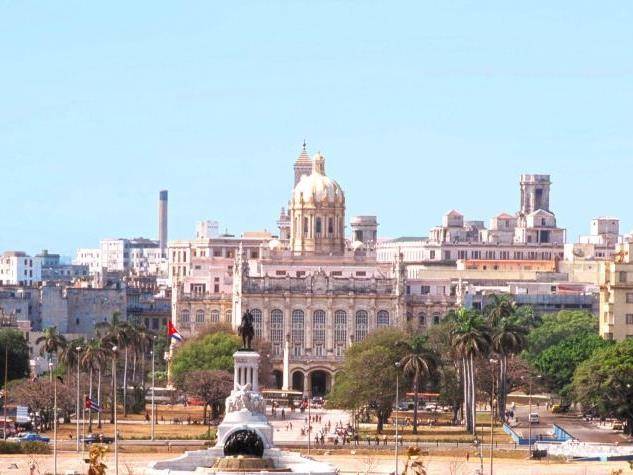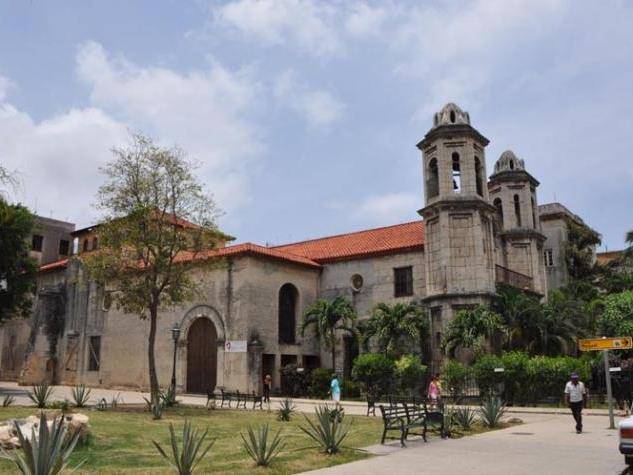
Santo Cristo del Buen Viaje Church
The Santo Cristo del Buen Viaje Church is a simple yet charming church. It is located in Plaza del Cristo Square, on the western side of Old Havana, away from the city center and tourist areas. The structure of the church is intriguing because of the simplicity of its towers and of its lateral façades, in complete harmony with the character of the works of the 17th century. The church was built in 1732 in the same place where previously there was a Franciscan shrine. Nowadays it has only partially been restored, with its beautiful stained glass windows and brightly colored ceiling being very noteworthy qualities. Inside the church, the image of Jesus on the Cross among travelers and sailors became very popular because it was thought to keep people from harm. On Good Fridays the processions left from the Convento de San Francisco de Asís and ended at the Iglesia del Cristo. The dimensions of the plaza were planned according to the processions that were to take place in it, marking the end of the fourteen crosses or Stations of the Cross. The Plaza del Cristo Square is an ideal place if you want to get far from touristy areas and to witness what real Cuban life is like.

